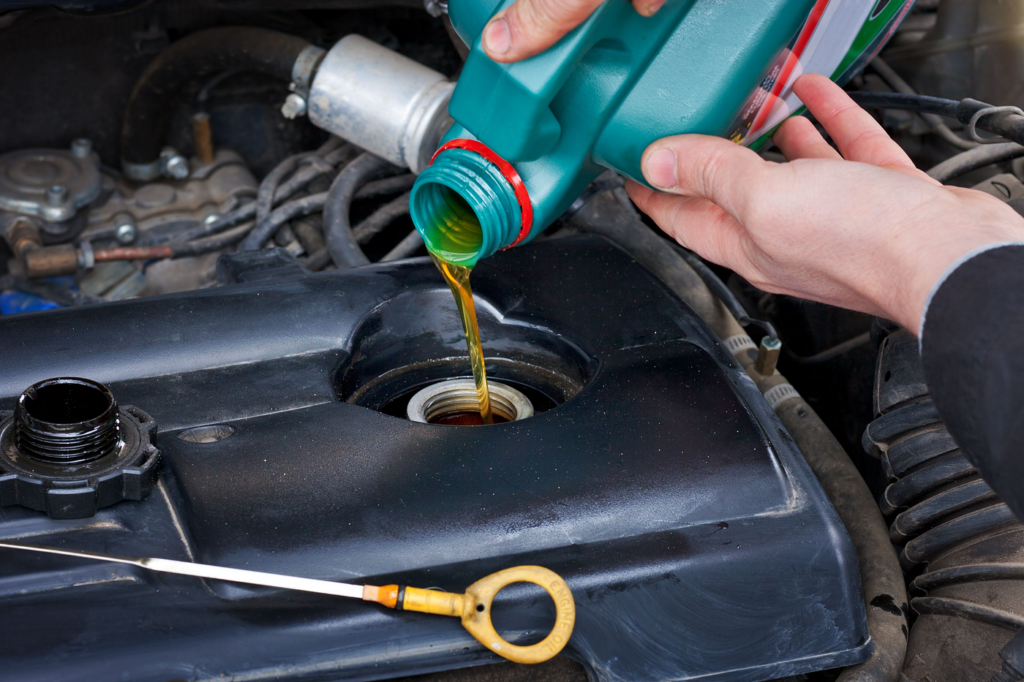Maintaining your car can cost a lot of money, especially if repairs are needed. However, you can save a lot of money in the long run if you learn how to repair your car yourself. Not only will it save you money, but it will also give you the skills to take better care of your car. Before you start working on your car yourself, you should have a clear understanding of the importance of safety.
Important tools and equipment
Before you start working on your car, make sure you have all the necessary tools and equipment. Wrenches, screwdrivers, pliers and a jack should be in any standard toolbox. Additionally, some repairs may require special tools, such as an OBD-II scanner to detect engine problems.
discover the problem
Finding the problem is one of the most important parts of repairing your car yourself. It is important to know the characteristics of your car, whether strange noises, warning lights or drivability problems. Diagnostic tools, such as an OBD-II card reader, can help determine the source of the problem.
Do-it-yourself maintenance
Regular maintenance of your car can extend its life and prevent you from having to pay for expensive repairs. Simple tasks such as replacing the brake pads, changing the oil and filter, and checking the spark plugs are all easy to do and can be done at home with the proper instructions.
Simple steps to solve the problem
Some common problems, such as a flat tire or a blown out headlight, can occur suddenly. You can avoid getting into trouble if you know how to handle these situations. In an emergency, it’s useful to know how to change a flat tire, repair minor dents and scratches, or repair a broken headlight.
Maintenance methods for average users
When you feel more comfortable with your DIY skills, you can move on to more difficult repairs. Some jobs require more knowledge and skills, such as replacing belts and hoses, troubleshooting electrical problems or repairing leaks in the exhaust system.
Well done repair work
Some repairs are best left to professionals, but learning to perform more complex repairs can be extremely valuable. Replacing your clutch or finding problems with your engine may seem difficult at first, but with practice and care you can do it.
Safety Tips for DIY Car Repairs
Safety should always come first when servicing your car. Accidents and injuries can be prevented by following safety rules, such as lifting objects properly and being careful with dangerous objects. But it’s important to know when a repair job is too big for you and seek expert help.
In summary
Learning how to repair a car yourself is useful and useful. By learning how to perform basic repairs and maintenance, you will not only save money but also gain useful skills. Remember that safety always comes first, and don’t be afraid to ask for help if you’re not sure how to fix something.
FAQ stands for ‘Frequently Asked Questions’.
Can I repair my car myself without getting hurt?
You can save money by repairing your own car, but safety always comes first. When repairing your car, make sure you take the right steps and be careful.
What should I do if I encounter a problem that I cannot solve?
If you are unsure how to repair something or encounter an unexpected problem, it is best to seek the help of an experienced technician.
Do I need special tools to repair my car myself?
A basic set of tools is necessary, but certain repairs may require special tools. You may want to purchase tools that are suitable for your type of car and the repairs you want to make.
Why should I hire someone to help me when I can do it myself?
It is important to consider your repair skills and the difficulty of the job. Doing it yourself can be possible if you know how and have the right tools. But if the repair involves complex systems or could endanger people, it is best to leave it to the professionals.

